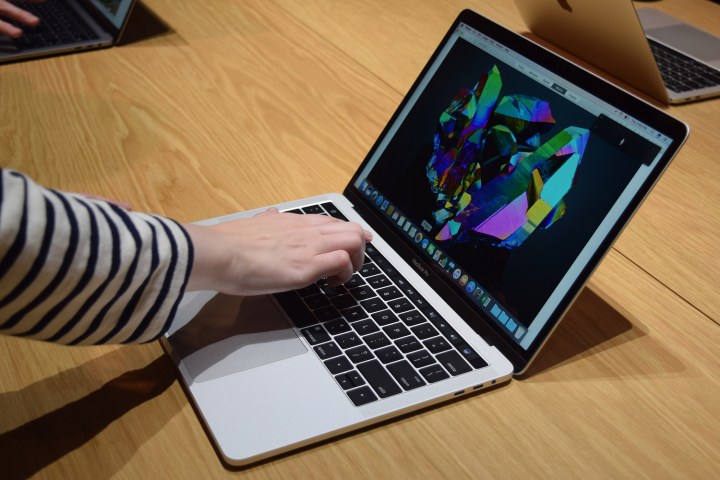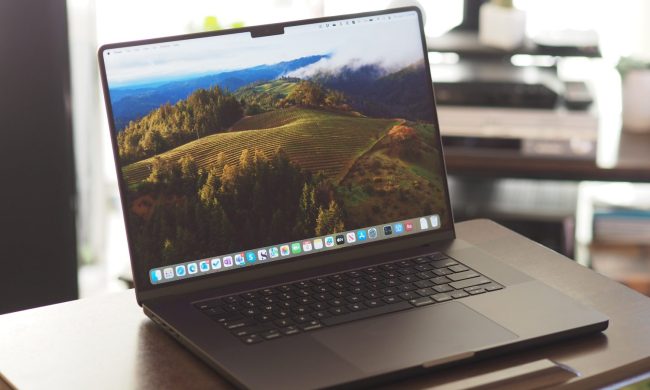
The 2016 MacBook Pro line is a case in point. Apple provides an estimate of 10 hours of use in its marketing materials, a duration which is already less than previous models given the new machines’ incredible thinness. However, the new MacBook Pros are not just suffering from the usual moderate letdown, but rather many users aren’t getting reasonable battery life at all, as 9to5Mac reports.
According to complaints on Apple’s user support communities and at Reddit, many users are getting only a fraction of the expected 10 hours. For some, MacBook Pros are struggling to get more than six hours, and many are getting as few as three hours.
One Reddit user, for example, kicked off a thread by saying, “Hi, I’ve got my 15-inch MBP a few days ago and I’m pretty disappointed by its battery life. If I do nothing but very light web browsing in Safari and brightness around 50 percent I can get it to about 6 hours. But not even close to the 10 hours promised. Usually Apple is pretty good with the advertised battery life. Nothing unusual in the energy monitor. I’ve hear (sic) from someone else that he has a similar issue but from another person that he can stretch it to 15 hours.”
According to 9to5Mac, however, many of the claims are based on the machine’s ongoing estimate of remaining battery life rather than actual tests of how long the battery lasts. MacOS, just like Windows 10, estimates remaining battery life based on a number of factors, not the least of which is what the machine is doing at that moment, and so those estimates are notoriously incorrect. In addition, today’s CPUs switch power states more rapidly than in the past, and that, too, can cause estimates to be inaccurate.
Nonetheless, enough users do report poor battery life based on actual results rather than estimates that one of two things is likely true. Either the new MacBook Pro just doesn’t get very good battery life, or there’s an issue that Apple needs to resolve. Perhaps MacOS 10.12.2 will provide a fix for battery life issues just as it’s expected to resolve rampant graphical issues with the 2016 MacBook Pro line.


